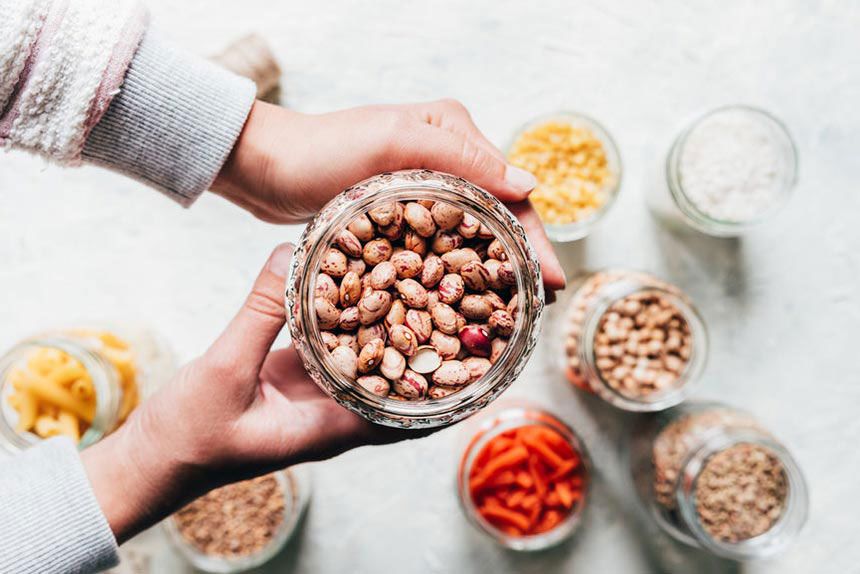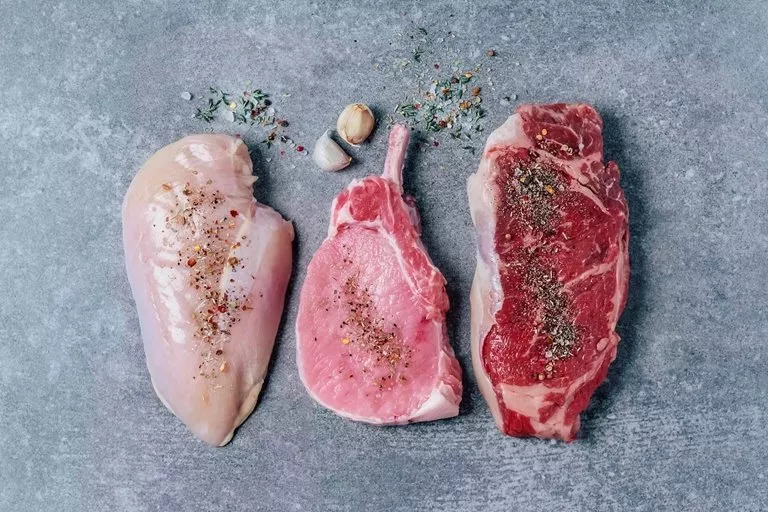Do We Have To Eat Meat To Absorb Protein?
Although Meat Is Known To Be The Main Source Of Protein, Many Plant-Based Alternatives Can Meet The Body’s Need For It.
Do you need to eat meat in your diet to absorb protein? Protein is one of the essential building blocks of growth and function. Most people know that eating meat and poultry is an easy way to absorb this vital nutrient in the diet.
This article shows why protein is so essential and what alternative sources of protein, such as dairy products and vegetables, can be used to improve health and achieve a balanced diet. Here are some suggestions on looking or getting an appointment for protein in your daily meals and snacks.
The importance of protein in the diet
Proteins called the body’s building blocks, are essential for achieving a healthy, balanced diet. Getting enough protein helps your body do the following:
- Growth and repair of muscles and tissues
- energy production
- It makes enzymes that help the body function properly, including digestion and blood clotting.
- Help fight infection by helping to produce antibodies
Based on a daily intake of 2,000 calories, it is recommended that each person consume 50 grams of protein daily. People who are more active or looking to build muscle are better off increasing their protein intake.
According to the International Association of Sports Nutrition, people who do strength training should consume 1.5 grams of protein per 450 grams of body weight per day. The higher the amount of protein absorbed, the more muscle is maintained during exercise, and the better the body recovers after strenuous activity.

Do we have to eat meat to absorb protein?
In short, the answer to this question is no. You do not necessarily need to eat meat to absorb enough protein in your diet. According to the latest recommendations, it is better to increase the variety of your protein sources. As a result, even if you eat meat, it is better to get more protein from other sources and achieve a balanced diet. In addition to meat and poultry, protein can be found in the following foods:
- Soy products, including tofu and tempeh
- Beans, lentils, and peas
- Dairy products such as milk, cheese, and yogurt
- egg
- Nuts and nuts
- Seafood such as fish and shellfish
- Whole grains and vegetables
Increasing the variety of diets and considering more complete protein sources will help meet your needs and increase dietary fiber and lower cholesterol. It reduces the risk of heart disease and stroke and paves the way for weight loss.
Tips for including non-meat protein in your diet
The popularity of plant-based diets is growing day by day as more people turn to meat-free diets. According to the Harvard School of Public Health, evidence shows that plant-based protein sources are a healthier alternative to meat and poultry protein sources, often processed and high in saturated fats.
Dairy protein
Dairy foods are a rich source of protein for people who do not eat meat but are not entirely vegan. These foods are the primary source of calcium, which is essential for building strong bones. A smoothie made from milk or yogurt can be a great breakfast or a good drink for recovery after a workout. You can also add a tablespoon of protein powder to increase protein absorption.
Meat substitutes
Meat substitutes or artificial meats such as cetane can be a popular source of protein for vegans and vegetarians. Eighty-five grams of titanium contains 21 grams of protein. You can also eat seitan on the grill or toast, a good substitute for beef and chicken.
Tofu is the most well-known meat substitute and source of plant protein. This substance can be consumed raw and cooked. One hundred grams of tofu contains 19 grams of protein.
- Make eggs a part of your main meal. A large boiled egg contains more than 6 grams of protein, while 220 grams of scrambled eggs have 22 grams. Here are some more tips on how to absorb protein without eating meat:
- Nuts and nuts can also be a good source of rejuvenation after exercise or a good snack. Adding some seeds or nuts to a salad bowl for lunch is an excellent way to absorb protein. Almonds, peanuts, walnuts, and pistachios are rich sources of protein that increase the feeling of satiety for a long time. You can use pumpkin seeds, sunflower seeds, flax seeds, and hemp for the roots.
- Lentils are rich in protein and can be used in various ways in cooking. One cup of red lentils contains 46 grams of protein. Add lentils to soups, stews, whole grains, and curries to increase fiber and protein absorption, or you can fry them in cocoa. You can make lentil cake-like rice cake.
- Replacing regular butter or margarine with peanut butter can increase protein absorption. Two tablespoons of peanut butter contain about 7 grams of protein.
- Protein powders are also an excellent way to increase protein absorption without eating meat. Powdered protein can absorb from eggs, milk, plants, or all sources; however, it is better to read the product labels and know the number of raw materials.











